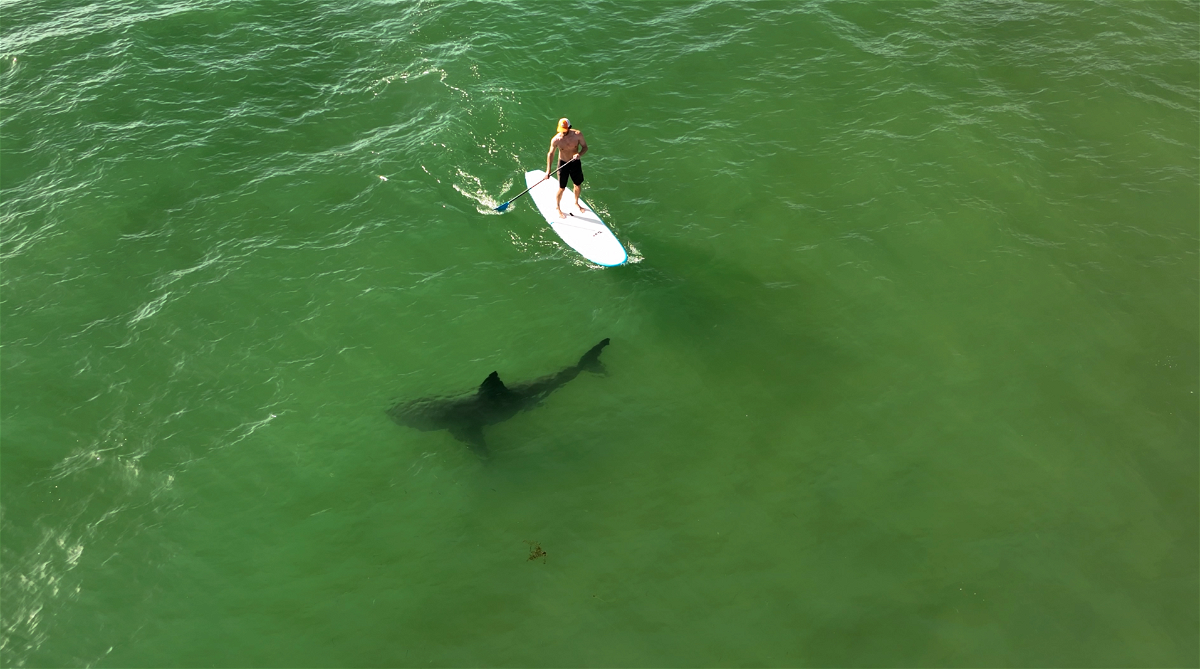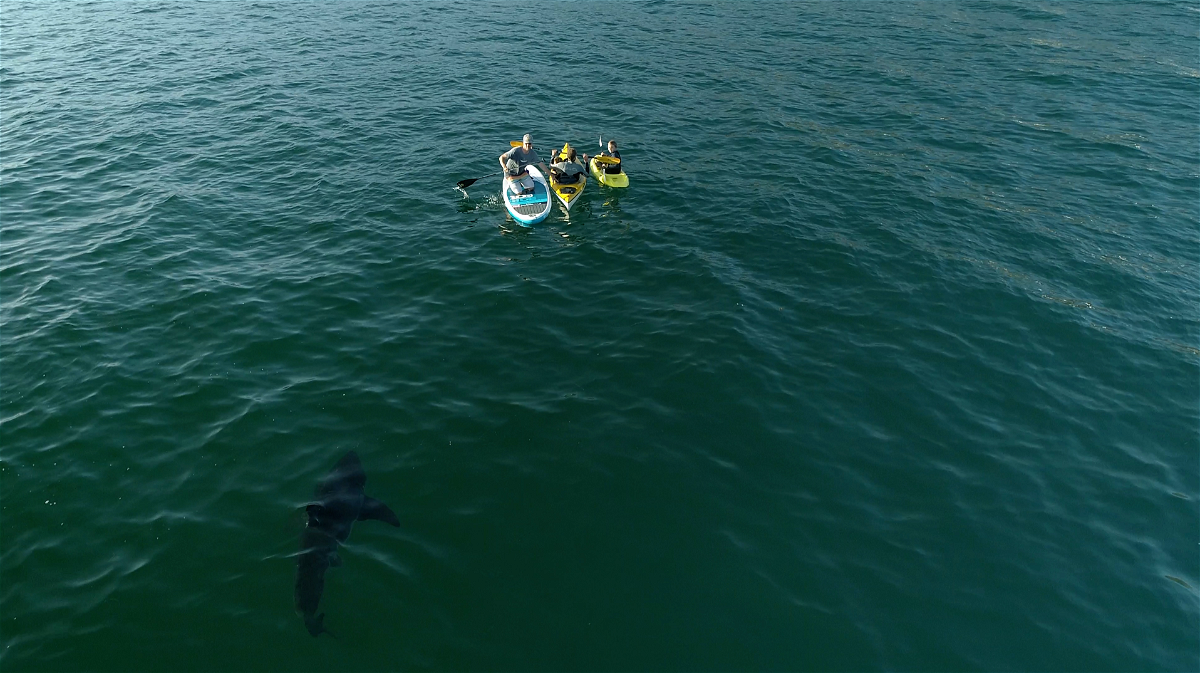CSU Long Beach Shark Lab study finds two white shark hot spots off Southern California Coast, including Carpinteria
CARPINTERIA, Calif. – California State University Long Beach's Shark Lab has released the results of a two-year study in the journal PLOS ONE that details notable places of congregation for juvenile white sharks along the Southern California coast.
Juvenile white sharks were found to aggregate in two key locations along the Southern California coast, Carpinteria in Santa Barbara County and Del Mar in San Diego County.
Juvenile white sharks have been known to aggregate, or gather in larger groups, for some time, but this study demonstrated that convergence of aggregated juvenile sharks is significant at Carpinteria and Del Mar.
Additionally, these aggregate groupings are usually relegated to the summer, but the study demonstrated while human and juvenile white sharks had the most overlap during the summer, but human-shark overlap exists all year long.

The study also noted that not only do juvenile white sharks and humans share the same beaches, they both shared the exact same location within the beach area throughout the entire study period.
According to the study, juvenile white sharks spent over half their time within 110 yards of the wave break and were observed as close as 2 yards from the wave break.

“At aggregation sites, water users were found in proximity to sharks 97% of the days surveyed,” said Patrick Rex. “The juvenile white sharks were often observed within 50 yards of where the waves break, putting surfers and stand-up paddle boarders in the closest proximity to sharks at the aggregation sites. Most of the time water users didn’t even know the sharks were there, but we could easily see them from the air.”

Before these observations keep you from entering the water this summer, during the two year study, there were no reported shark bites in any of the surveyed locations and, "There is little evidence that high abundance of both humans and JWS using the same beach and same specific area will lead to an increase in bite frequency," stated a press release provided by the study.
“As part of California Shark Beach Safety Program research, our goal was to determine how often water users were interacting with white sharks across southern California so we could begin to determine if these sharks pose a significant risk to beach goers…something never before done in the U.S,” said Dr. Christopher Lowe, Professor of Marine Biology at CSU Long Beach.

